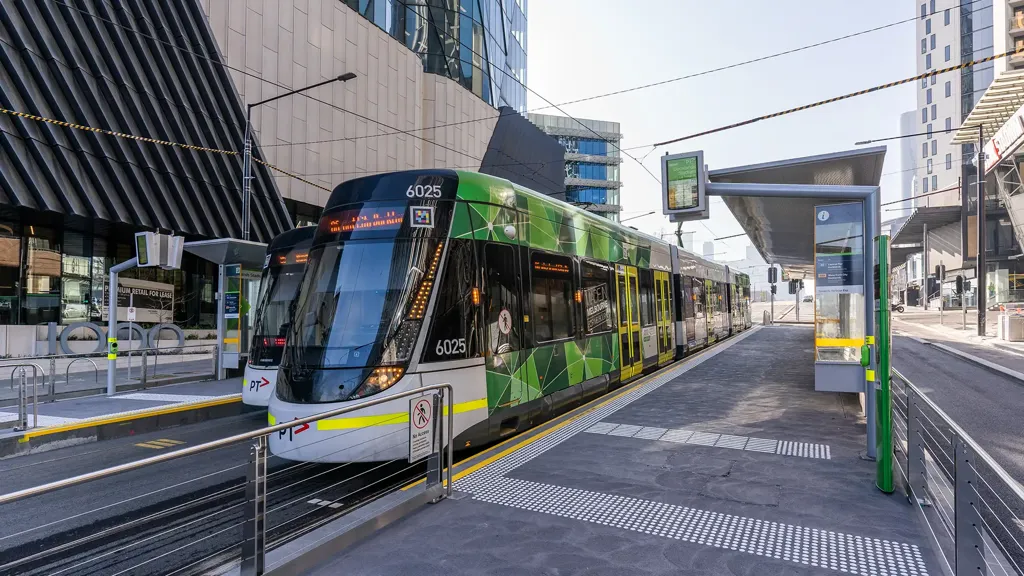There can be dramatic differences in how we experience our cities during the day and night. A vibrant public park can turn into an eerie, foreboding place under the cloak of darkness. Rarely are cities designed to accommodate the needs of people at night, or account for the lived experiences of marginalised communities.
The Australia we want study reflects this, finding one in two women do not feel safe walking alone at night. To make our cities more inclusive, safe and sustainable, we wanted to understand how lighting affects perceptions of safety in a city at night for women and girls.
Together with Monash University’s XYX Lab and Plan International, we conducted extensive research into what contributes to feelings of safety among women and girls. Using crowdsourced data from Plan International’s Free to Be campaign, over 900 safe and unsafe night-time experiences from women and girls in Melbourne formed the basis of how we might start to understand the relationship between light and perceptions of safety for women and girls.
Our research with XYX Lab and Plan International highlights the importance of designing and adapting cities to ensure we value everyone’s experiences equally. It led us to fundamentally change our design approach and create new assessment tools based on these insights.
The impact of lighting on perceptions of safety
The Free to Be campaign found that lighting was the most important built environment design factor in influencing people’ perceptions of safety in public places. Yet most design practices don’t consider the way our eyes perceive brightness and how this affects our experiences of safety and comfort after dark. The other key findings are as follows.
Brighter isn’t safer
Despite what you might think, brighter lights don’t make people feel safer. In fact, our research found a correlation between higher brightness levels of light and unsafe perceptions of space. Brighter lights can create high contrast areas and stark no-go zones that deter people’s freedom of movement at night.
Understanding layers, context and contrast is crucial
The way light interacts with surfaces and colours in the built environment is crucial in affecting how people perceive brightness and safety. Together with the social context of a space, these factors strongly correlate to feelings of safety and comfort. Together with the social context, these urban design elements can work synchronously to construct atmospheres of safety and comfort in public spaces.
Quality, not quantity
The quality of the light output is more important than pure lux levels when illumination is low. The ability to distinguish a bush from a person, or the colours someone is wearing, is as important to feeling safe as the ability to see the face of an approaching person.
Planning needs to be inclusive and equal
Together with the data from the Free to Be campaign, our research shows that current design practices are not meeting our society’s full spectrum of needs. Instead, design processes often overlook the experiences of groups in society who are more vulnerable after dark, leading people to change habits or stop going out, exacerbating the effects on the community.












